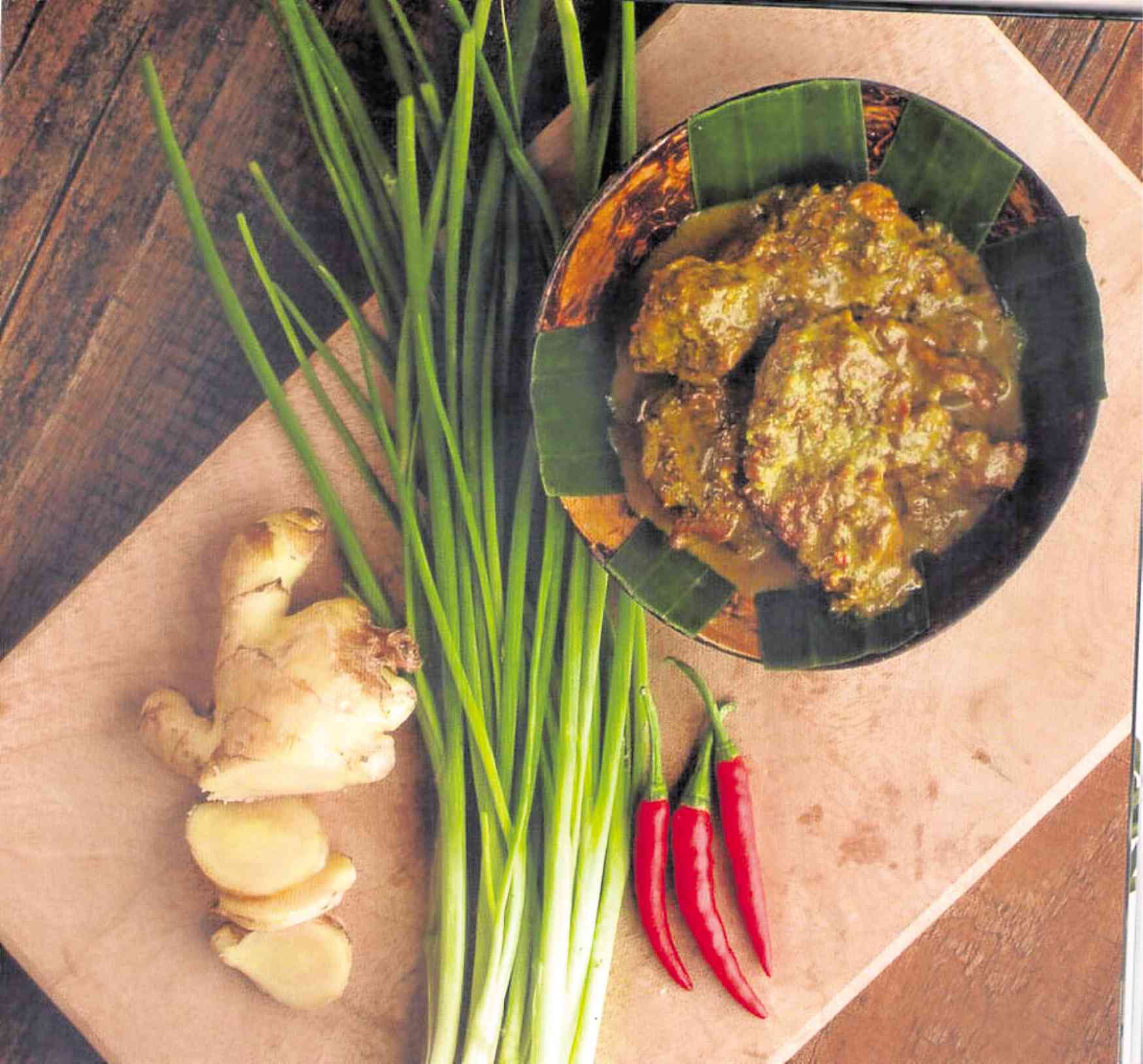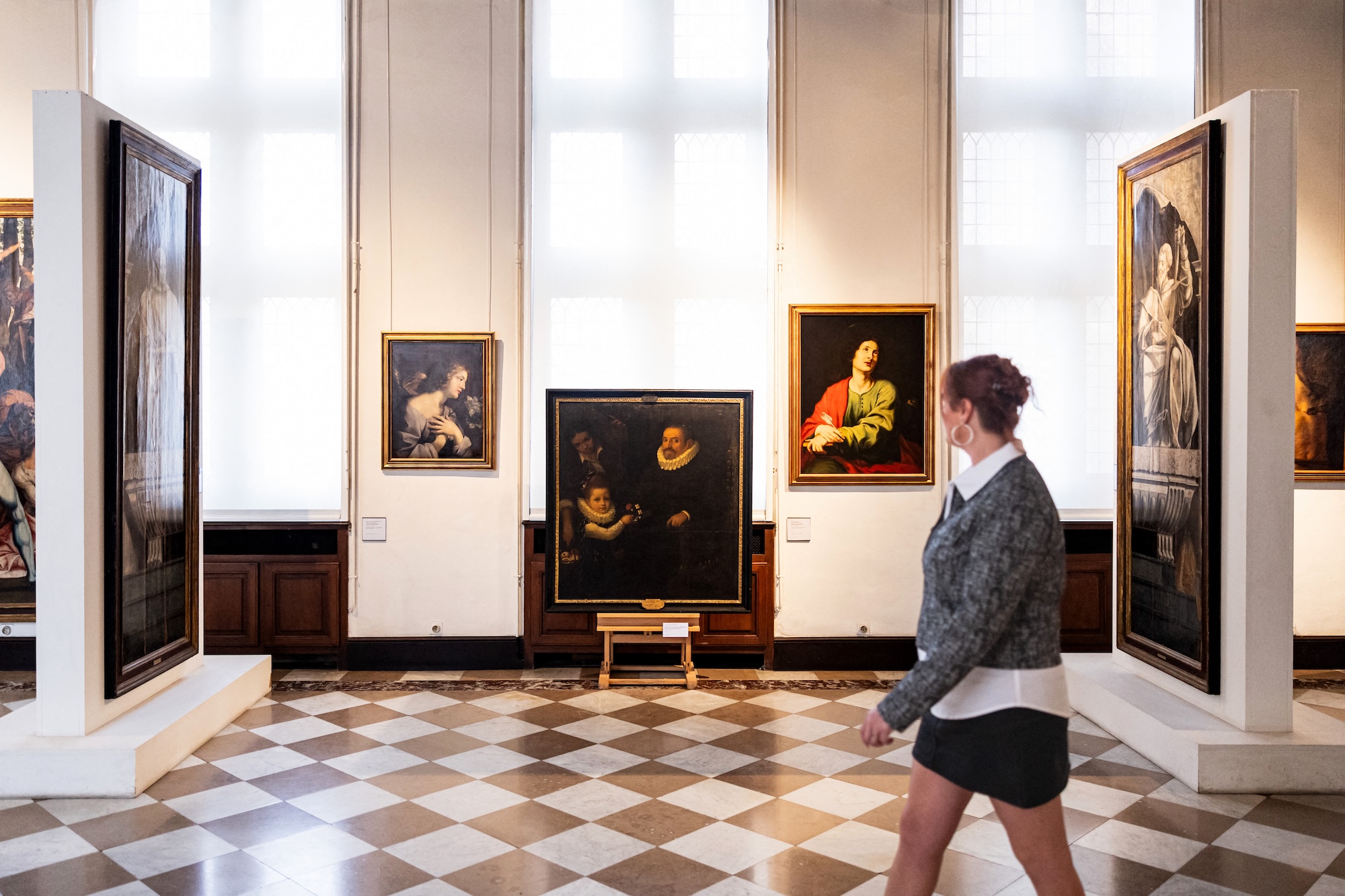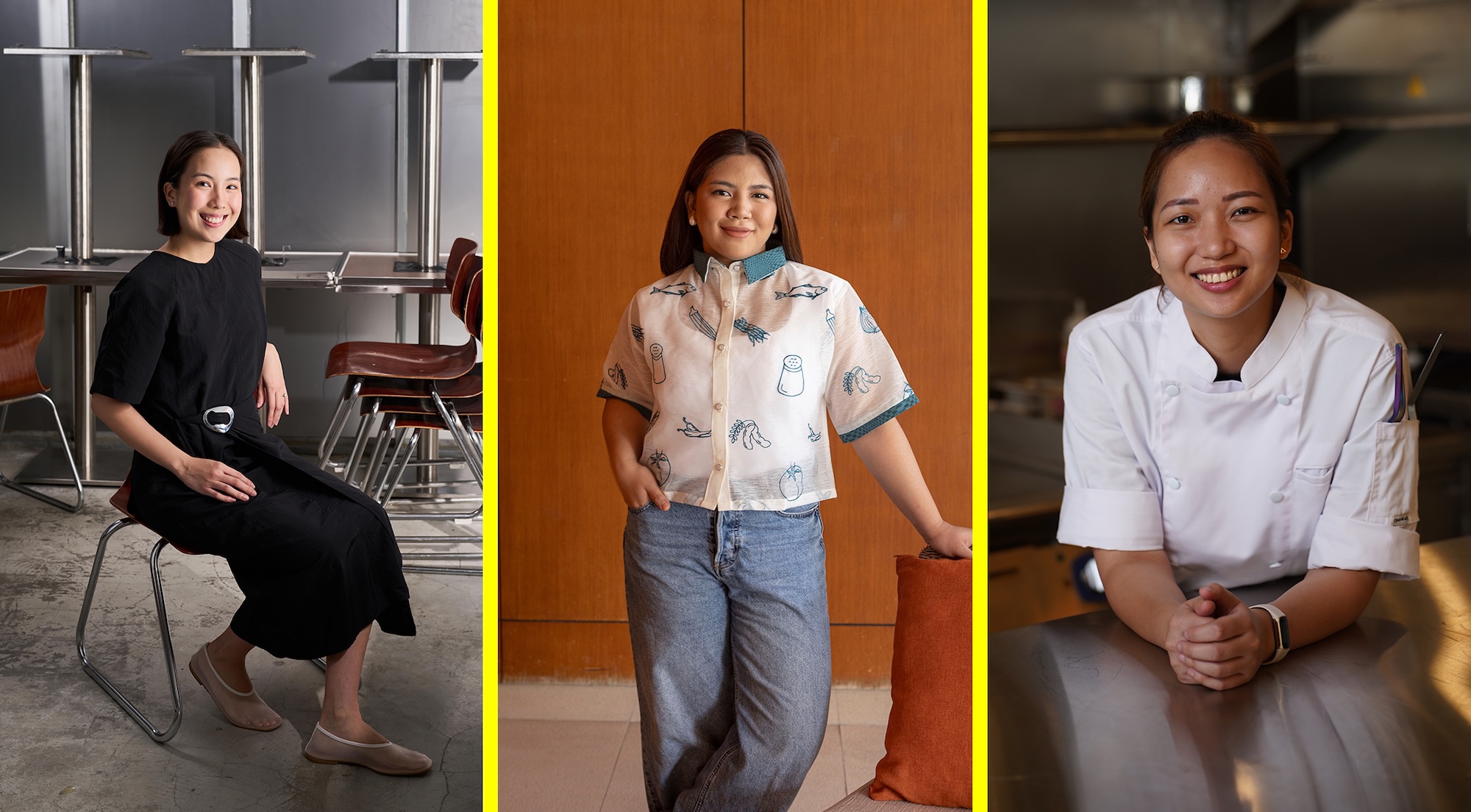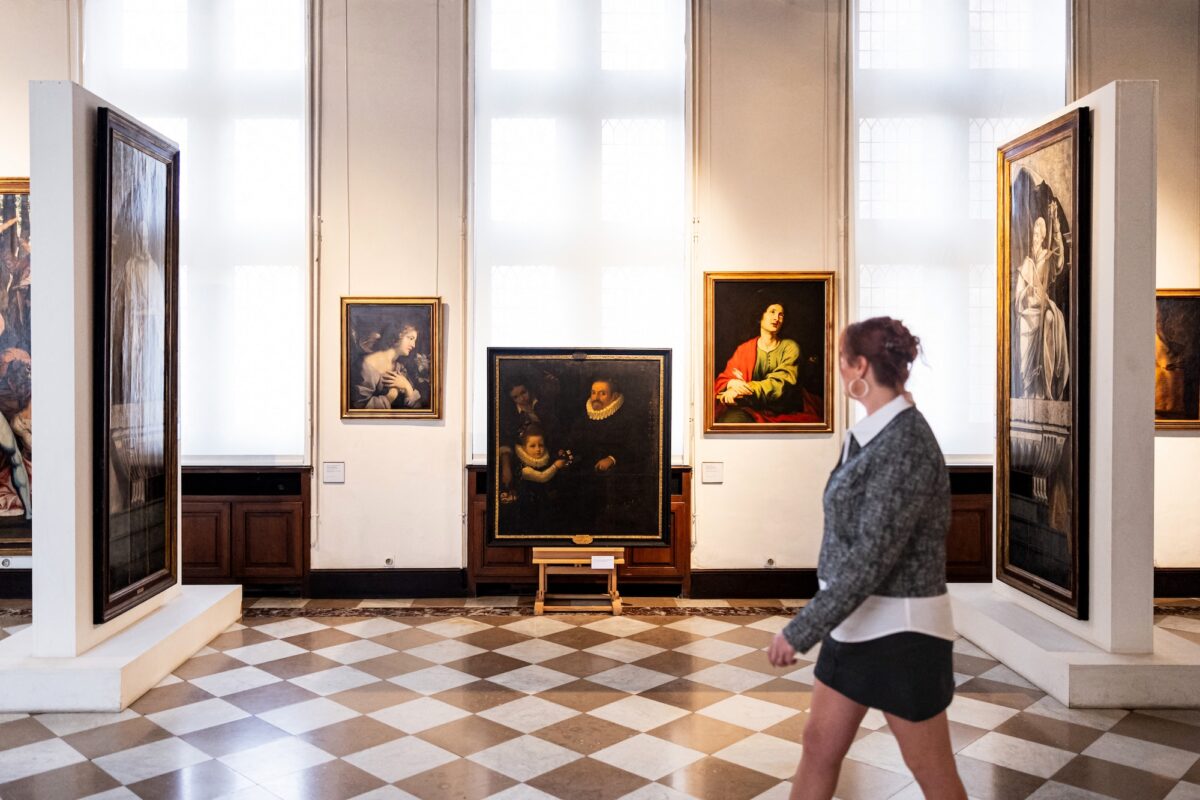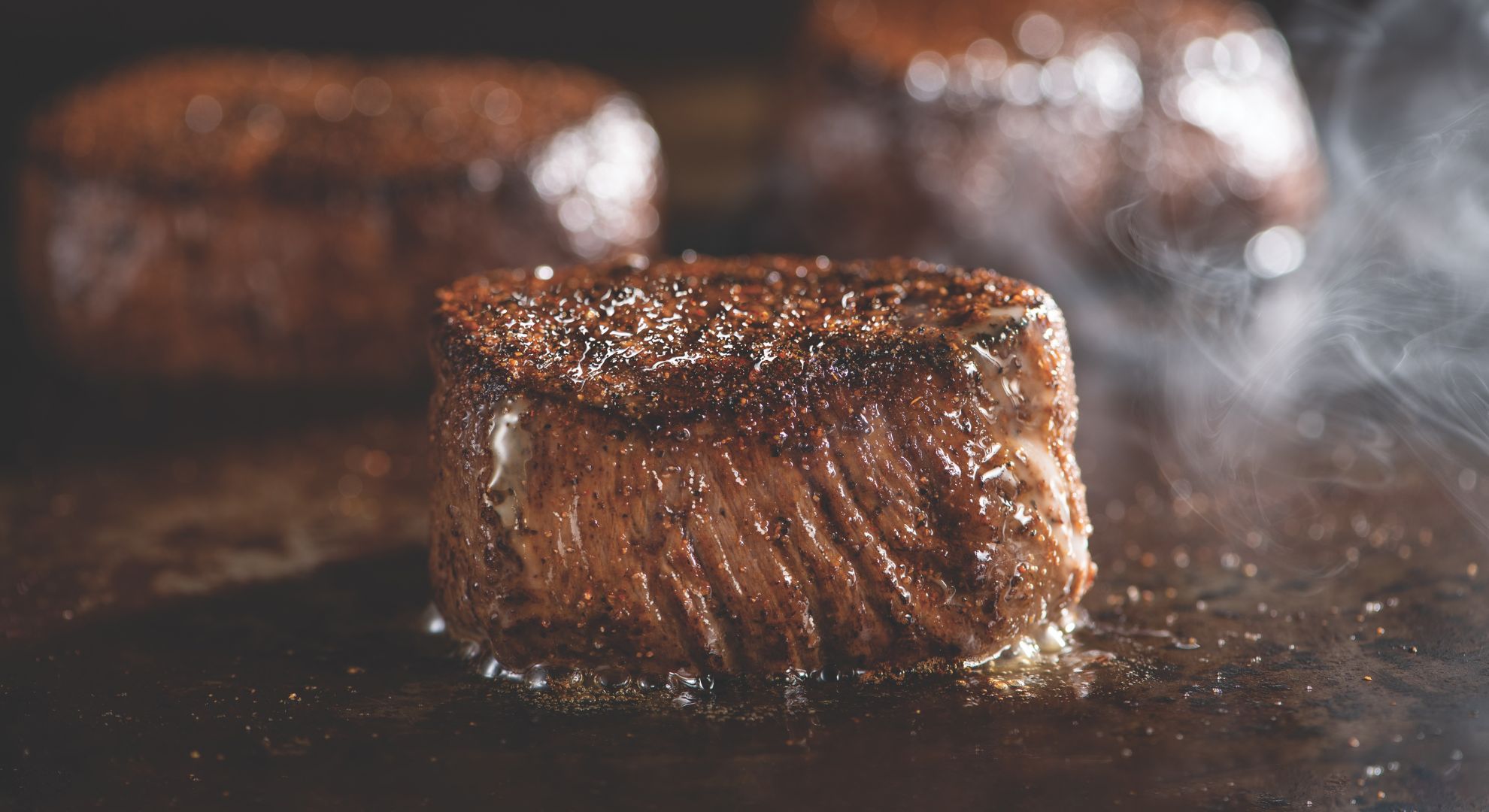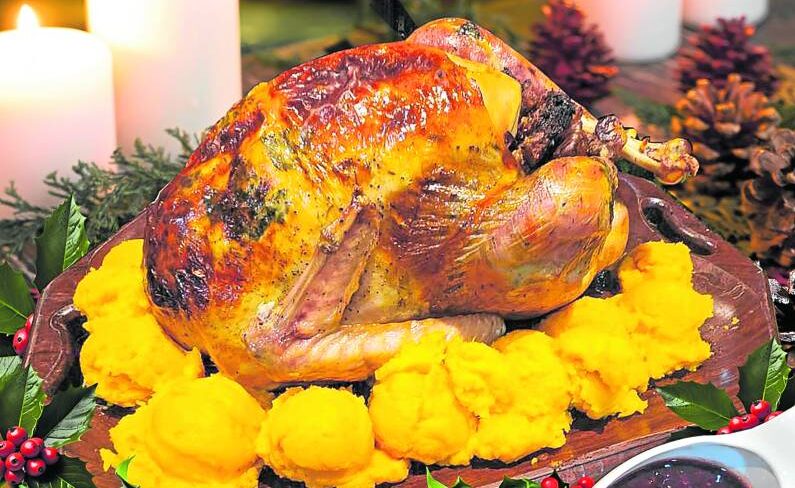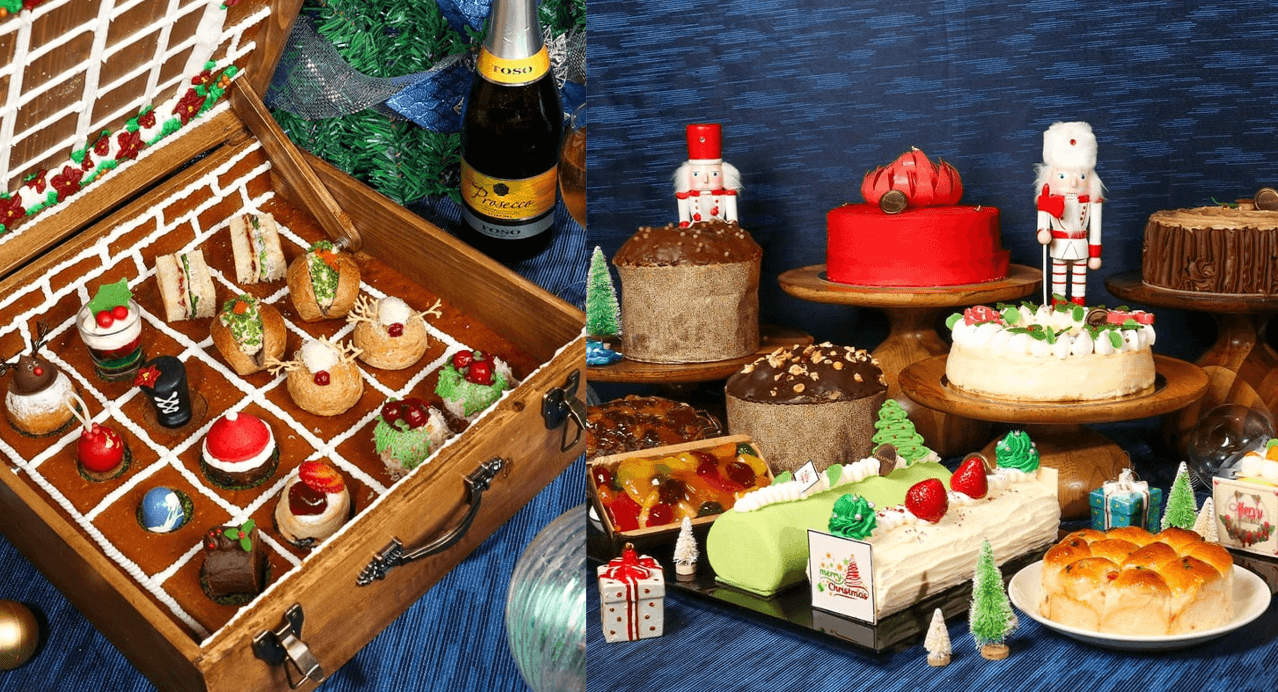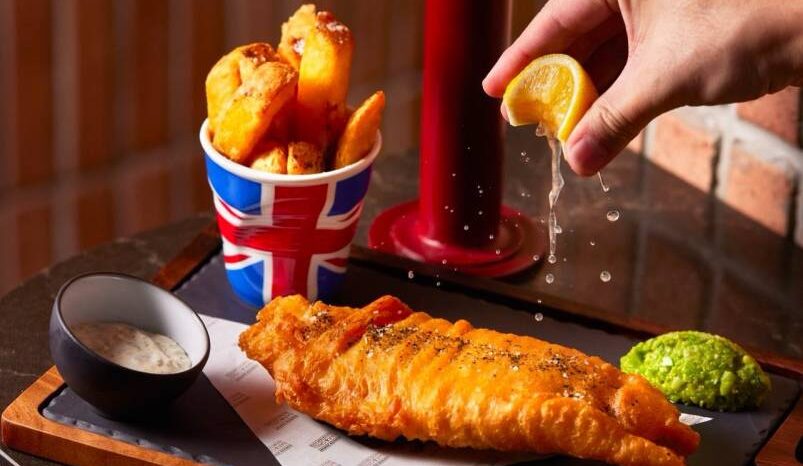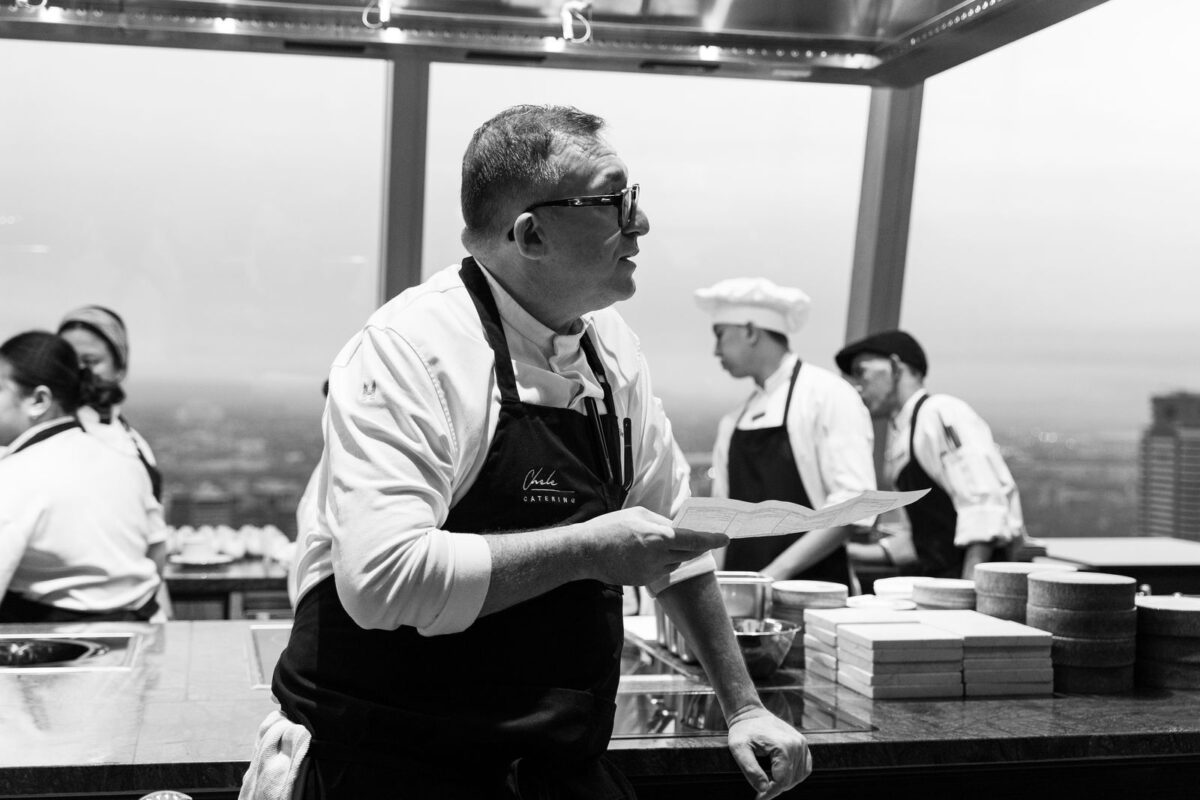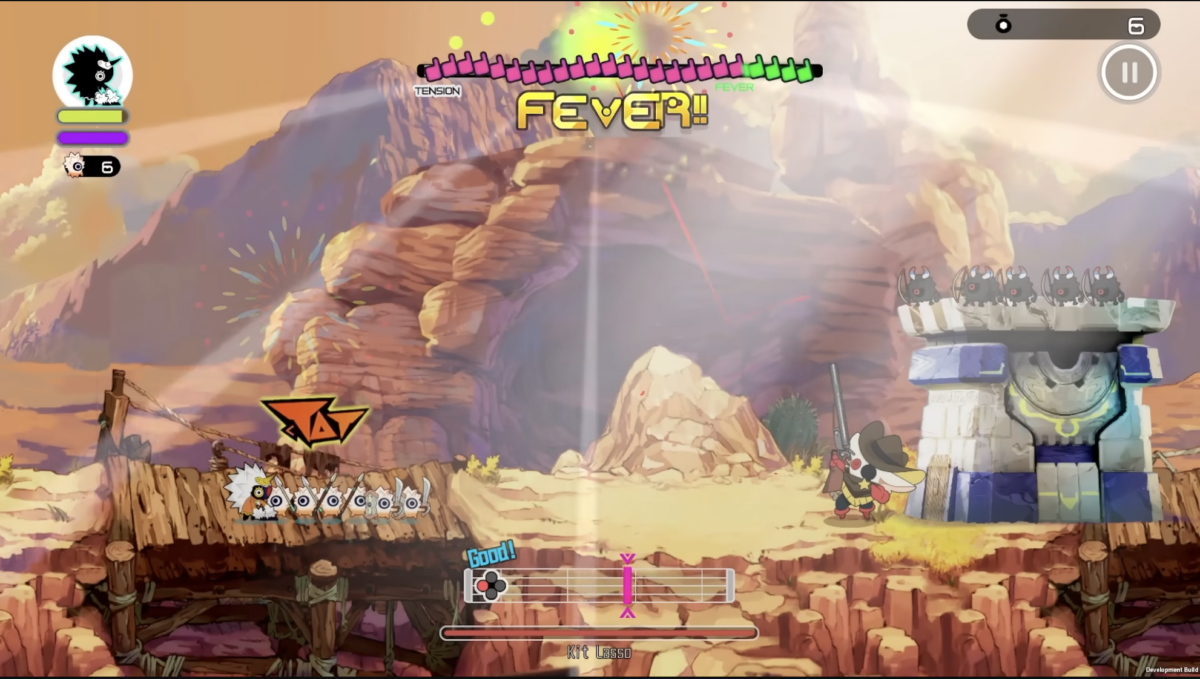
PHILIPPINE HERBS”
It was unfortunate that I couldn’t attend the “Food for Peace” event last Nov. 4 at Ateneo de Manila University, which featured Maranao cooks demonstrating Marawi cuisine.
There were also a mini-fair, and talks by a monk, Dada Atma of Ananda Marga, who discussed the concept of ahimsa (nonviolence) and the compassionate diet; and veteran news photographer and Art Relief Mobile Kitchen (ARMK) founder Alex Baluyut, who talked about the work of ARMK in setting up emergency kitchens in crisis-stricken areas like Marawi.
Annual sortie
I had been to the lakeside town of Marawi in the 1970s—my visit more of adventure than understanding Maranao life and culture. I’ve often wondered what happened to my student at Xavier University, Omar (whose surname I’ve forgotten), who bought several round Marawi banig (woven mat) at my request—something my Mindanao co-teachers told me they would never do. I got my banig (then a mere P20 per piece). Omar’s smiling face is forever etched in my memory.
Our annual sortie as judges in the culinary competition “Kumbira,” organized by Cohara (Cagayan de Oro Hotel and Restaurant Association), was canceled in August due to the Marawi siege. I was told that many of the competitors from Davao and Cotabato were not allowed to go because the roads passed through Iligan, which was too near the war zone.
Businesses in Cagayan de Oro also slumped with the absence of Maranaos, who regard the city as their rest and recreation place—shopping, eating and paying cash. Likewise absent, of course, were tourists, whether domestic or foreign.
So, it was welcome news to hear via e-mail that Kumbira will be held, after all, on Nov. 22-23. Cohara decided that since the Marawi crisis had ended, the “show” must go on, even if the school schedules didn’t assure attendance since the semester was just starting.
Yet, even with limited participation, the regular judges were amazed at the improvement in skill and creativity of the entries. The members of the association, now on its 21st year, should be proud of their contribution to the quality of cooking and service in these parts.
Welcome dinner
Limketkai Luxe Hotel (our home for four days) was so busy, I have never seen that place so packed. The judges’ welcome dinner included a dish new to most of us. At first I thought the sign spelled it wrong as “fish pater.” Was that supposed to be fish platter?
It turned out as rice wrapped in banana leaf with shredded fish on top, mixed with spice mixes that Muslims in Mindanao use in their cooking.
It is similar to the Maguindanao patil, which we first read about in a winning essay on breakfast food written by Datu Shariff Pendatun III (“Savor the Word: Ten Years of the Doreen Gamboa Fernandez Food Writing Award,” Anvil Publishing, 2012). The patil was shaped like suman, with either shredded chicken or fish on top of the malagkit (sticky rice).
Pendatun enumerated the other ingredients as turmeric powder, crushed ginger, salt and lana tidtu or coconut oil.
Pendatun came to mind as I went through some food carts inside the competition area, because there was palapa being sold. Palapa is a flavor mix peculiar to the Maranao. It uses the sakurab, a variety of spring onion, also known in Bisaya as sibujing. It also has siling labuyo, ginger, red onions and rock salt.
Its taste is quite herby—chili hot and great with anything that needs flavor like fried fish and vegetable dishes.
Pendatun shared recipes of the palapa in Food Magazine and for the “Philippine Herbs Book: for Healthy Cooking, Common Cures and Concoctions” (Artpost Asia, 2015)—among them the Maranao pindiyalok a manuk (chicken simmered in coconut cream with grated coconut) and the Maranao randang sapi (spiced soy-braised beef with roasted coconut).
The “Philippine Herbs Book” will be launched in February 2018.
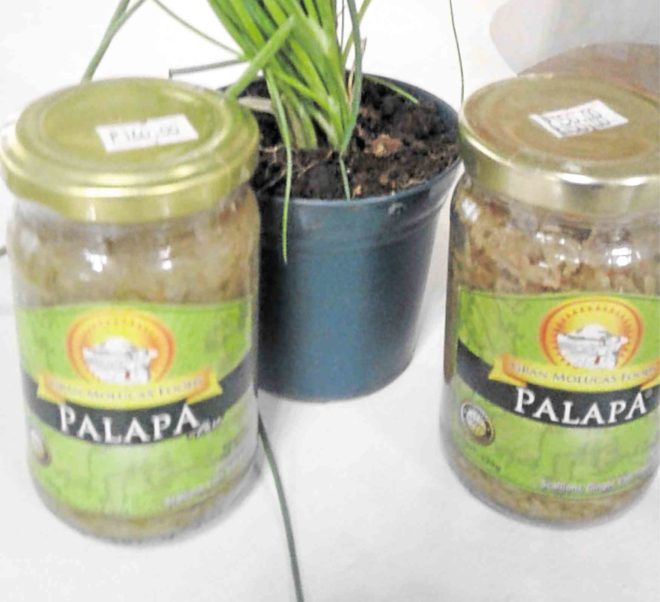
‘Turo-turo’ joints
The food carts were manned by women affected in 2011 by typhoon “Sendong”—which flooded some areas beside the Cagayan de Oro river. They are now in rehabilitation areas, with the local government providing not only shelter but likewise livelihood programs—the making and selling of palapa one of them.
When some of the judges went to the Cogon wet market, they were amazed at the many dishes offered at turo-turo joints.
I didn’t join the party because I had covered the market in previous years for Food Magazine and for this column. I smiled as they recounted what they had discovered.
But what those chef judges offered to do was teach basic hygiene to stall-holders, and to recommend a brighter, airier place.
The Cogon market can be a tourist destination—it offers puto maya (malagkit cooked with ginger) and sikwate (chocolate beverage) for breakfast, and Moro food any time of the day.
“Moro” cuisine is the term favored by Datu Shariff Pendatun III to indicate both Muslim and lumad (Mindanao indigenous tribes) cooking.
E-mail the columnist: pinoyfood04@yahoo.com

